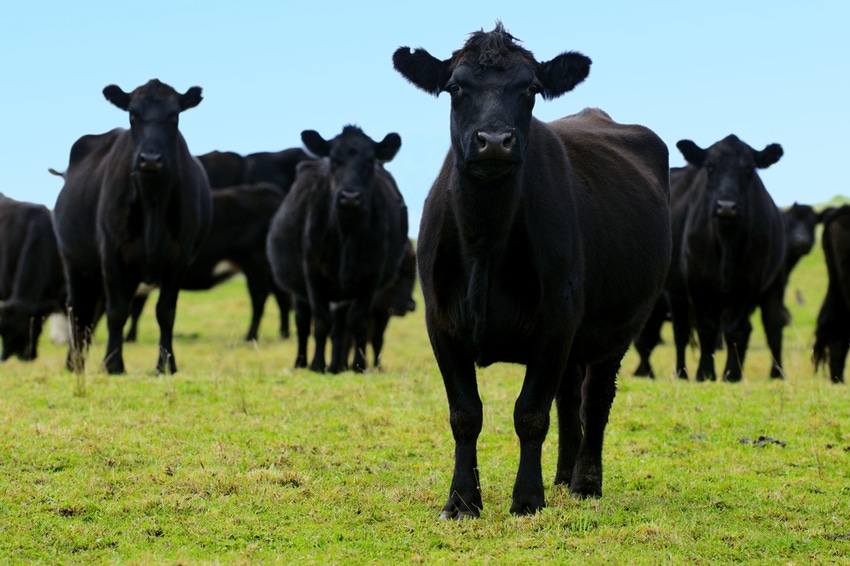February 19, 2014

Making breeding decisions for the summer are likely on your to-do list – and it can be a daunting task. But making a list of genetics goals for your herd may make it easier, says South Dakota State University Extension Cow/Calf Field Specialist Adele Harty.
Harty says if one of those goals is calving ease, as it is for many producers, there are a few expected progeny difference values that will make or break your breeding decision. The four that can cause confusion, Harty says, are the birth weight EPD, calving ease direct EPD, calving ease maternal EPD or actual birth weight.
"Many cattle producers will say they look at all of these and base their decision on giving one area more weight than another," Harty explains, but giving one area more weight than another, and basing the entire decision on that may not be the best route.
First, a look at the definitions:
Calving Ease Direct
CED is expressed as a difference in percentage of unassisted births, with a higher value indicating greater calving ease in first-calf heifers. It predicts the average difference in ease with which a sire's calves will be born when he is bred to first-calf heifers.
Calving Ease Maternal
CEM is expressed as a difference in percentage of unassisted births with a higher value indicating greater calving ease in first-calf daughters. It predicts the average ease with which a sire's daughters will calve as first-calf heifers when compared to daughters of other sires.
Birth Weight
Expressed in pounds, BW is a predictor of a sire's ability to transmit birth weight to his progeny compared to that of other sires.
Actual Birth Weight
ABW is what the sire weighed at birth.
Harty says there are two of the EPDs that make the most sense, depending on the goals of the operation.
"For instance, if no replacement heifers are kept, then CED should be used alone to determine the sire that will result in the most unassisted births," she says. "If one of the goals of the operation is to keep females from this sire, then CEM also should be used to determine the sire that will have daughters who will be more likely to have unassisted births."
While Harty notes that the BW EPD can be useful, it doesn't give producers anything more than expected birth weight, where the CED and CEM take other factors into consideration along with BW to determine the best option. In addition, birth weight alone doesn't explain all the differences in calving ease between sires.
"If the goal is to select sires that are easier calving, using CED will be a more accurate tool. It is not a good idea to use actual BW either, as there are multiple factors in the environment that played a role in that sire's own BW and there may be no relevance or correlation to their progeny," Harty advises.
Source: SDSU
You May Also Like




